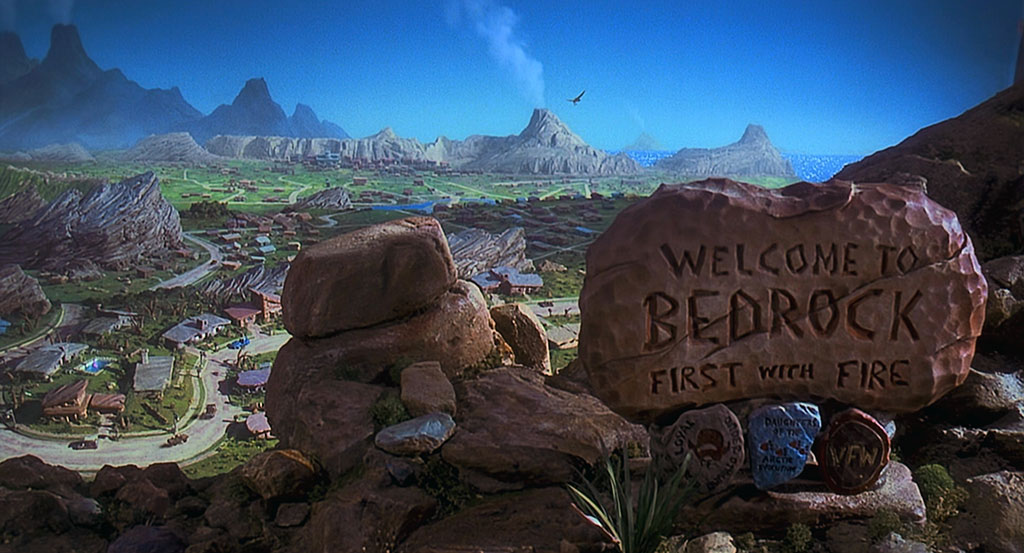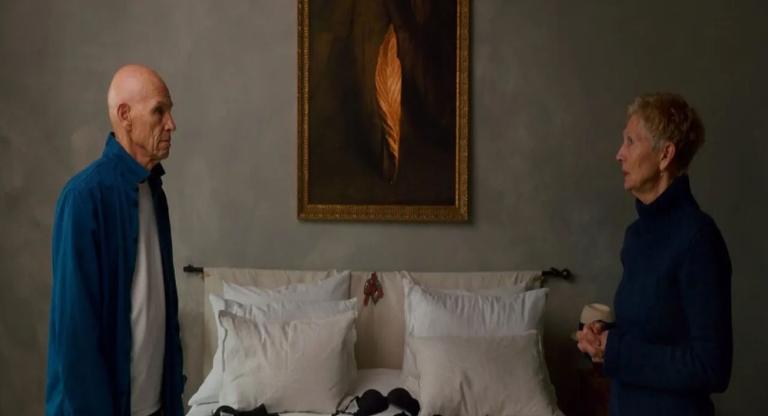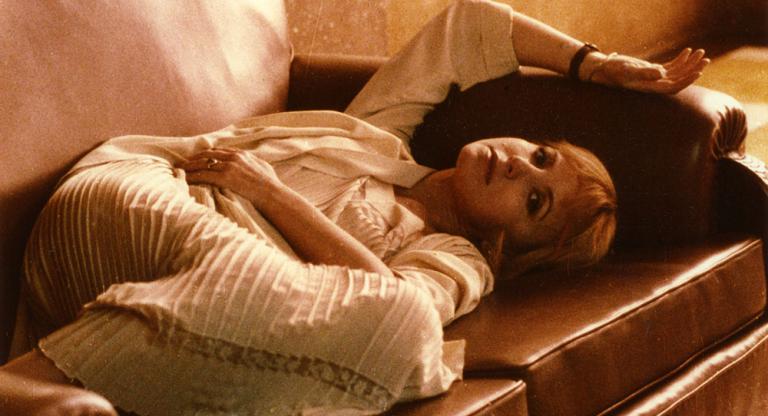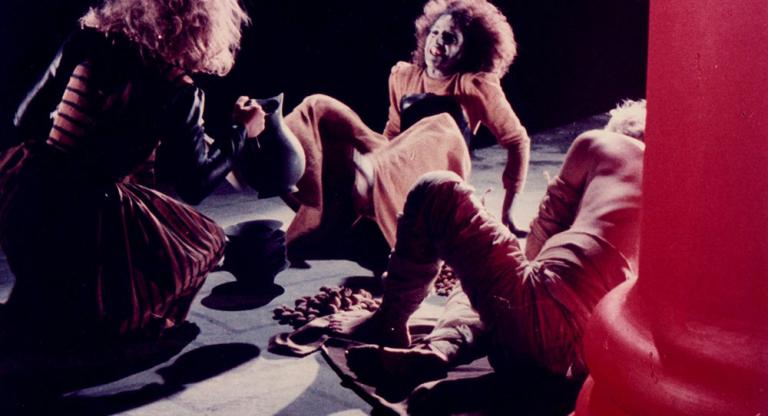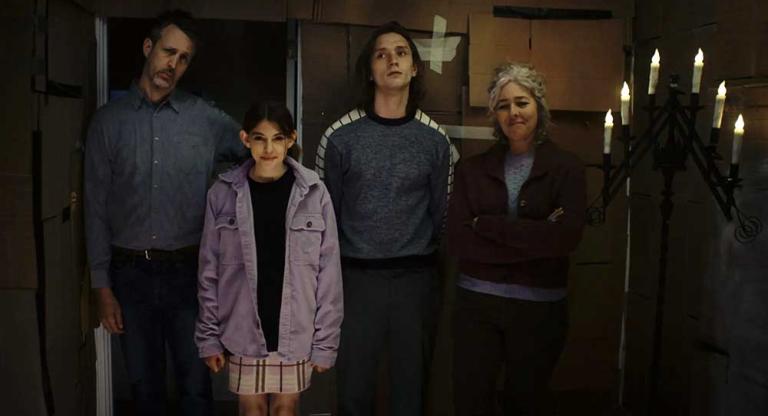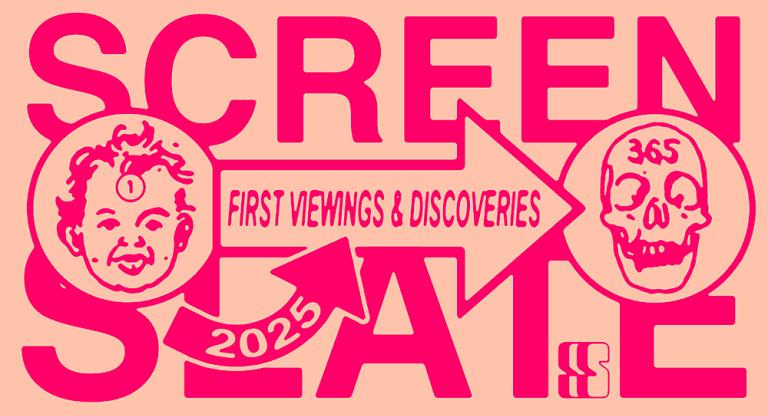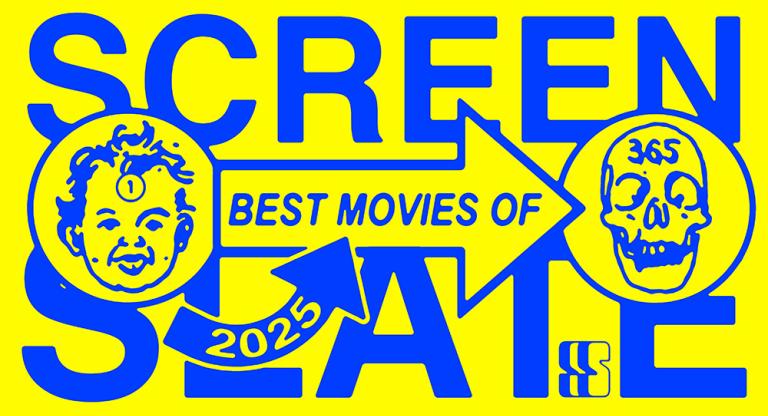It’s June, 1993. I am at Rite-Aid wearing a comically oversized NO FEAR t-shirt. I’m five, but a week away from turning six. Dinosaurs live again thanks to the magic of movies. Someone is buying me a toy pterodactyl. My older brother Matt assures me this is the right choice, because I already have a pair of toy compsognathus at home; now, he tells me, we can do “land attacks” as well as “air attacks.” I’m still pissed off, though, because everyone in my family was approved to watch Jurassic Park (1993) except me. (Mom passed because she said it was too scary for her; decades later I will wonder if she wasn’t boycotting in solidarity.) Still sore remembering the look on Matt and Andy’s faces when they rolled out of the minivan, back from the multiplex. With plastic dinosaurs, I can only imagine Jurassic Park for myself. “Don’t worry,” Matt tells me. “They’re making a new Godzilla, and you’ll be big enough to see that when it comes out.” “Who’s Godzilla?”, I ask. A different story.
Some months later I’ll overhear grown-ups talking about a girl in a red coat, in a different film—Schindler’s List (1993). Don’t know much about it except that it’s “a very sad movie” that’s “based on a true story.” And somehow, it’s brought to my attention these were both “directed” by the same guy, back-to-back: a magician, a sorcerer, a wizard, a god. I don’t know what a director is or does, but I recognize Steven Spielberg’s name from the credits of Tiny Toons (1990 - 1992) and An American Tale: Fievel Goes West (1991).
In hindsight, perhaps no film signals the beginning of the end of Peak Spielberg better than 1994’s The Flintstones. That may sound paradoxical given that the Memorial Day weekend release grossed over $300 million worldwide and was directed not by Spielberg, but by a chosen surrogate (right down to the beard, ballcap and flannel), Beethoven’s Brian Levant. But at every turn, the movie betrays Spielberg’s conflicting priorities of being a one-man entertainment-industrial complex comparable to Walt Disney, yet also somebody who wanted nothing more than to be considered a serious film artist. The formula would prove unsustainable and the strain is visible in Levant’s finished film.
Over thirty different screenwriters (many of them veterans of classic sitcoms) tried to crack The Flintstones, resulting in an infamous pileup of pointed fingers and mis-arbited screen credits, a shocking amount of discord for such an innocent pop confection. Anchored by a tremendous, shit-eating-grin of a performance from John Goodman (who went public with his feeling that he had been “sandbagged” into the role by Spielberg) as Fred, The Flintstones has the feeling of a mandatory school pageant, headlined by Hollywood A-listers instead of elementary school kids. Not unlike Greta Gerwig’s Barbie (2023), Levant’s Flintstones is a film that seeks to subvert its source material for an adult audience—in this case, Baby Boomers raised on crude Hanna Barbera TV cartoons—if disguised, un-persuasively, as a movie for their children.
Rick Moranis rides shotgun, equally game as Goodman in playing Fred’s long-suffering best friend and lodge brother Barney Rubble; the trials and travails of scratching out a living in Bedrock are made known from the film’s intro, where Fred is identified as the perfect patsy for an embezzlement scheme cooked up by one of his superiors, a yuppie caveman named Cliff Vandercave (Kyle McLachlan, nearing the end of his post-David Lynch wave that fully crested the following year in Showgirls.) Elizabeth Perkins and Rosie O’Donnell feature as Wilma and Betty, respectively, while Vandercave’s deputy is a leopard-print-clad assistant named “Sharon Stone” (Halle Berry), tapped to seduce Fred further over to the dark side after he receives a bogus promotion to the executive level. Elizabeth Taylor rounds out the cast as Fred’s disapproving mother-in-law Pearl Slaghoople, in her final screen performance.
What ensues is a pat “Am I my brother’s keeper?” storyline, where the swift corruption of Fred’s soul sees him betraying Barney and his former colleagues back from when he was just a regular quarry worker, the proletarian mob’s discontent gesturing toward the head-versus-hands dialectic of Fritz Lang’s Metropolis (1927). It’s also a frequently stunning display of investiture to a brain-breakingly stupid sense of humor, a taste of the Borscht Belt on the Bedrock backlot—starting at the top with a “Univershell” logo that preempts a “Steven Spielrock Presents” credit. In one scene, a caveman puts on a record by “Bruce Springstone” that says “Bone to Run”, although the movie’s mental conditioning is such that I thought it said “Born to Ruin.” My personal favorite gag sees a crane shot overlooking a paperboy foot-pedaling down a suburban street. He flings the newspaper (in this world, a heavy stone tablet) toward one house, only for it to shatter into pieces. The second newspaper lands successfully on another house’s pristine front-lawn, sinking into the grass as the audience is given mere seconds to clock the headline on the front page: “MID EAST PEACE TALKS BREAK DOWN.”
Aside from such throwaway jokes, what emerges from the murk of the screenplay-by-committee is a parable about remaining true to yourself that’s quintessentially ‘90s, satirizing the Reaganite more-is-more-ism that became an apolitical way of life in the subsequent Bush and Clinton (and Bush, and Obama, and so on) presidencies. This is especially rich because The Flintstones is (again, like Barbie) a shameless corporate shillfest, jerry-rigged to sell every conceivable unit of merchandise and to create future markets for the inevitable sequels and, by not-especially-clandestine extension, to sustain interest in Jurassic Park. Even if dinosaurs couldn’t be copyrighted wholesale, Spielberg aggressively cornered the market with that franchise, this franchise, and the less-successful Don Bluth cartoon We’re Back: A Dinosaur Story, which was released in November 1993, exactly halfway between Jurassic Park and The Flintstones.
This is why I led with the toys. A quick eBay scroll will reveal the pathetic extent to which Amblin-Universal were strenuously banking not just on the dinosaur factor, nor on the mass recognition of the cartoon characters, but also on Spielberg’s postmodern fan-casting becoming iconic. There are different size categories of collectible plastic figures and different versions of each character within said categories: “Bowl-o-Rama Fred,” “Fillin’ Station Barney,” “Hard Hat Fred,” “Lawn Mowin’ Barney,” “Big Bite Fred,” “Dyno-Drilling Barney,” the old Flintstones car, and the new car Fred trades up for after becoming a bigshot. (“Big Shot Fred” was another action figure.) All this without addressing the subterranea of games, clothes, trading cards, carved glass mugs, Happy Meals, specific Happy Meal toys, and beyond. In fact, Levant was notorious for his collection of Flintstones memorabilia, such that he brought vintage toys to the production to serve as references for the prop and art departments—again, evoking an ouroboros of childlike nostalgia, big-swing creativity and crass commercialism.
Three decades later, the film stands out for its makers and performers’ extreme commitment to the bit; the hyperrealism of Goodman’s Fred-as-Jackie-Gleason-as-Fred lead deserves special mention, as does Halle Berry’s sexual-awakening-triggering supporting turn as Ms. Stone. But the crucial thing to recommend about The Flintstones is its sweeping rock-deco aesthetic. Earlier this spring, Levant told the British magazine Total Film that, “I put my stamp on every one of those 6,000 props and wardrobe [items]. We got really good at figuring out how to translate things into bone, stone and skin.” He’s right. William Sandell’s production design is the stuff of legend, combining studio sets with the Vazquez Rocks—they also featured in One Million B.C. (1940), The Ten Commandments (1956), and would later be used in Tim Burton’s underrated Planet of the Apes (2001)—and elaborate stone suburbs erected in Utah’s Sand Valley National Park. Jim Henson’s Creature Shop designed and operated the animatronic animal-appliances, which are gross yet fascinating: pigs as dishwashers, woolly mammoth snouts as showerheads, birds as typewriters, and crabs as lawnmowers. It’s all particularly handsome juxtaposed against the CGI sludge and AI-enabled averaging-out of all visual media that preempts any dream of defibrillating a classic intellectual property today. Maybe this is a core tenet of millennial saudade: realizing how crass and disgusting and stupid everything was when we were children, only to realize swiftly thereafter how elegant, human, and precious it was compared to most contemporary equivalents.
The next year’s Memorial Day Weekend saw another big hit in Casper (1995)—the latest Spielberg-produced re-exhumation of a classic 2D cartoon—before it was dethroned two weeks later by Congo—a movie adapted from a different cautionary tale by Michael Crichton and a bizarro cash-in on Jurassic Park’s runaway success directed by longtime Spielberg producer Frank Marshall. Not long after Spielberg got back behind the camera in 1997 and attempted repeating his amazing full-court press as director (making Jurassic Park: The Lost World back-to-back against Amistad), even he would concede that making the dinosaur sequel felt like stooping to the level of a lowly cheeseburger-pusher. And while true believers would return for Levant’s more-expensive, vastly less popular The Flintstones: Viva Rock Vegas (2000), the same can’t be said for any of the original cast members. (Goodman notoriously called a meeting with Spielberg to formally request opting out of any future live-action Flintstones pictures; it’s probably just my algorithm but I’ve tried typing “John Goodman hated” into Google on a couple different devices and “Flintstones’’ is the next word suggested every time.) By design or by accident, Rock Vegas has an even campier, more wink-wink sense of humor about itself, offset by (again) breathtaking visuals.
Here I’ll wrap with another confessional anecdote. It’s April, 2000. Some friends from church/school and I go to see Viva Rock Vegas on its opening weekend, captained by an intrepid father who I remember looking and acting like he’d drawn the shortest stick in human history. In the car ride home we are singing, on repeat with the windows down: “Vi-va, Rock Vegas!” We make tenuous eye contact with one another. We know we just had an all-you-can-eat buffet of prehistoric garbage. We don’t care. We keep singing.
The Flintstones screens tonight, May 15, at Nitehawk Prospect Park on 35mm as part of the series “Re-Consider This!”
